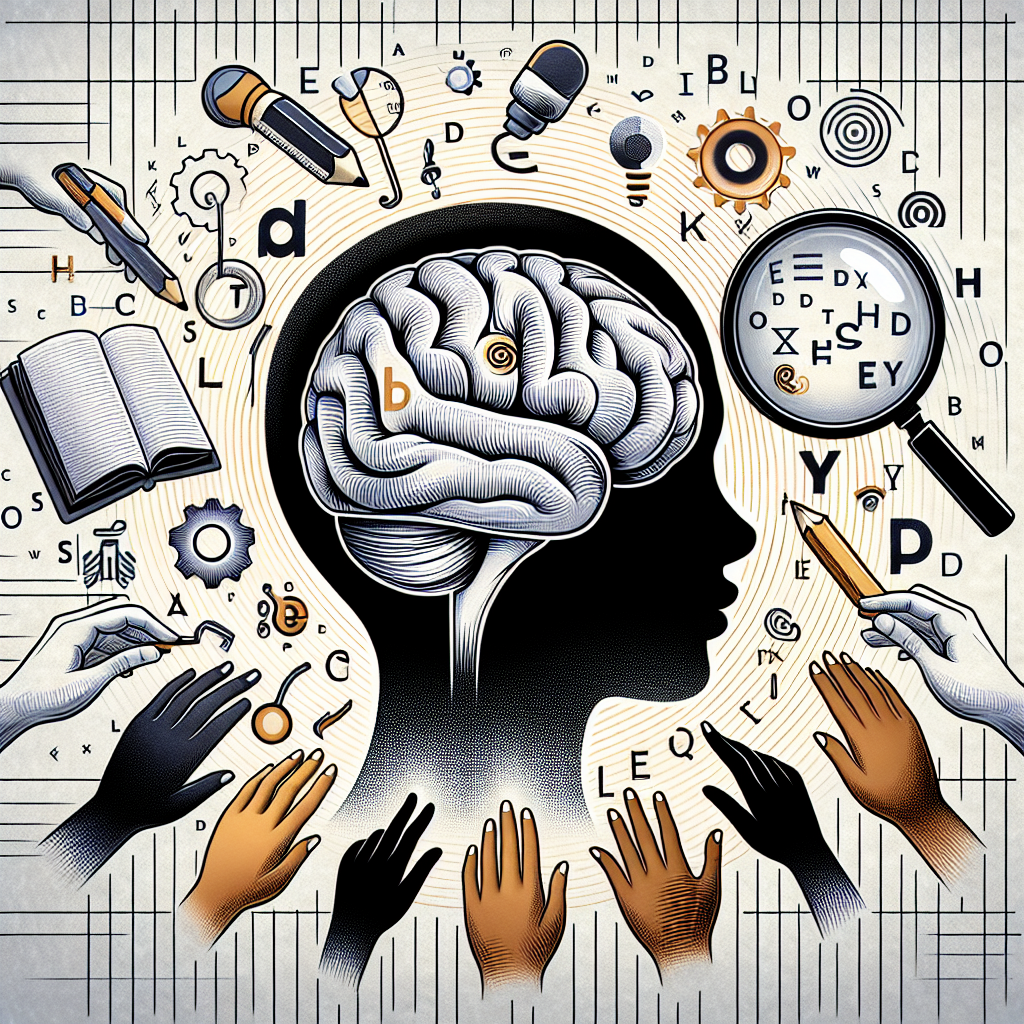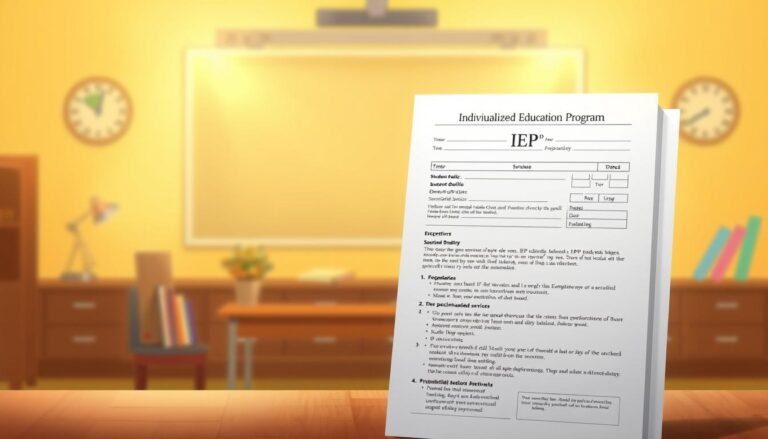
The Science of Dyslexia: Recognizing It as a Significant Learning Disability
Introduction
Dyslexia is often misunderstood as a simple inability to read or write, but the reality is that it runs much deeper. It is a neurological condition that affects the way the brain processes written and spoken language. A staggering 15 to 20% of the population experiences some form of dyslexia, which makes it crucial to recognize The Science of Dyslexia: Recognizing It as a Significant Learning Disability. This article will delve into the complexities of dyslexia, exploring its causes, impacts, and the latest scientific insights that underline its status as a significant learning disability.
What is Dyslexia?
Dyslexia is characterized by difficulties with accurate and/or fluent word recognition and by poor spelling and decoding abilities. These difficulties are not indicative of a lack of intelligence; rather, they stem from specific dysfunctions in the brain’s language-processing capabilities. Understanding these nuances is key to recognizing The Science of Dyslexia: Recognizing It as a Significant Learning Disability.
Understanding the Neurological Basis
According to neuroscientific research, dyslexia is linked to differences in the brain’s structure and function. Studies using functional MRI and positron emission tomography (PET) scans highlight that specific areas of the brain, particularly the left hemisphere’s language areas, show reduced activation in individuals with dyslexia when engaging in reading tasks.
| Brain Area | Function | Impact in Dyslexia |
|---|---|---|
| Left Inferior Frontal Gyrus (Broca’s Area) | Language processing | Reduced activation leads to difficulty in decoding words |
| Angular Gyrus | Integrating sensory information | Impaired integration affects comprehension |
| Fusiform Gyrus | Visual word recognition | Abnormalities result in difficulties recognizing written words |
The Genetic Component of Dyslexia
Dyslexia is not merely a product of environmental factors but has significant genetic influences. Genetic studies suggest that dyslexia can run in families, pointing to a hereditary component. Specific genes, such as DCDC2 and KIAA0319, are associated with phonological processing and reading ability.
Case Study: The Family of Dyslexia
A notable case is that of the Smith family, where three generations exhibited varying degrees of dyslexia. Genetic testing of the family revealed the presence of shared markers on chromosomes associated with dyslexia. This study emphasizes the importance of recognizing The Science of Dyslexia: Recognizing It as a Significant Learning Disability not just in individuals, but within familial contexts.
Identifying the Symptoms
Early Identification Signals
Early identification can substantially alter the academic trajectory for individuals with dyslexia. Signs encompass:
- Late talking and difficulty learning new words in preschool.
- Difficulty rhyming or learning the alphabet.
- Struggles with reading single words and spelling during early schooling.
Recognizing these symptoms early can lead to timely interventions that enable individuals to thrive despite their learning disability.
The Impact of Dyslexia on Learning
Dyslexia can significantly impede a person’s educational journey. Children with dyslexia often face:
- Lower academic performance
- Increased anxiety relating to school
- Strained social interactions
These challenges stem from the difficulties in decoding text, which can eventually lead to frustrated students disengaging from the learning environment altogether.
Case Study: Emily’s Journey
In a longitudinal study of a child named Emily, teachers began noticing signs of dyslexia at an early age. With intervention programs tailored to her needs, Emily not only improved her reading skills but also gained confidence in her academic abilities. This illustrates how recognizing The Science of Dyslexia: Recognizing It as a Significant Learning Disability can empower students through targeted strategies.
Neuroplasticity and Interventions
The brain’s ability to adapt—neuroplasticity—plays a critical role in managing dyslexia. Research shows that with appropriate teaching methods, the brain can reorganize itself to better process language.
Effective Interventions
The following are some proven strategies to support children with dyslexia:
Structured Literacy: This approach teaches reading through explicit instruction in phonology, sound-symbol association, and morphology.
- Assistive Technology: Programs such as text-to-speech software can help students with dyslexia access reading materials without being hindered by decoding challenges.
Table: Effective Strategies for Supporting Dyslexia
| Strategy | Description | Impact |
|---|---|---|
| Structured Literacy | Explicit instruction in phonics, vocabulary, and comprehension | Improved reading skills |
| Multi-sensory Learning | Engaging multiple senses during learning | Enhanced recall and understanding |
| Technology Aids | Tools like audiobooks and speech-to-text software | Increased accessibility |
The Role of Educators and Parents
Equipping educators and parents with knowledge about dyslexia is crucial to foster a supportive environment. Training programs on the Science of Dyslexia: Recognizing It as a Significant Learning Disability can significantly enhance their ability to support affected individuals.
The Broader Implications of Dyslexia
The ramifications of dyslexia extend beyond the academic sphere. Adults with dyslexia often face challenges in the workplace, impacting their career choices, earning potential, and self-esteem. Acknowledging these broader implications underscores the necessity of recognizing dyslexia as a significant learning disability.
Case Study: Career Pathways of Adults with Dyslexia
In a study of adults with dyslexia, researchers found that while many excelled in creative fields—often attributing their unique way of thinking to their dyslexia—a considerable number struggled in traditional corporate environments. This highlights the need for inclusive workplace policies that recognize dyslexia’s impact, affirming that The Science of Dyslexia: Recognizing It as a Significant Learning Disability has long-term societal implications.
Conclusion
Understanding The Science of Dyslexia: Recognizing It as a Significant Learning Disability is essential for opening doors for affected individuals, fostering inclusivity in educational and professional environments. This journey involves breaking down stigma, providing tailored interventions, and embracing the unique contributions that individuals with dyslexia can offer.
Motivational Takeaway
Every child with dyslexia holds the potential to thrive when equipped with the right support and resources. By spreading awareness and acting upon this understanding, we can pave the way toward a more inclusive future for all learners.
FAQs
1. What is dyslexia, and how is it diagnosed?
Dyslexia is a specific learning disability that affects reading and language processing. Diagnosis typically involves assessments by educational psychologists or specialists who evaluate reading capabilities and cognitive processing.
2. Can dyslexia be cured?
There is no cure for dyslexia; however, effective teaching methods can help manage and overcome its challenges.
3. Are there different types of dyslexia?
Yes, dyslexia can manifest in several forms, including phonological dyslexia, surface dyslexia, and rapid naming deficit dyslexia, each affecting different reading capabilities.
4. What role do parents play in supporting a child with dyslexia?
Parents can play a vital role by advocating for their child’s needs, facilitating appropriate interventions, and fostering a positive reading environment at home.
5. How can schools improve their support for students with dyslexia?
Schools can adopt structured literacy programs, train educators about dyslexia, and implement inclusive classroom practices to support diverse learners.
6. Are there famous individuals with dyslexia?
Yes, several well-known figures—including Albert Einstein and Agatha Christie—have dyslexia. Their stories demonstrate that dyslexia does not define one’s potential or achievements.
By enhancing the understanding of dyslexia through The Science of Dyslexia: Recognizing It as a Significant Learning Disability, we contribute to a more inclusive world where each individual can shine regardless of their learning capabilities.
















